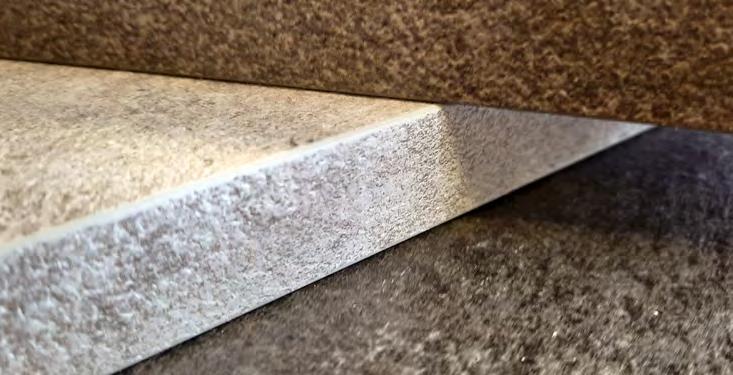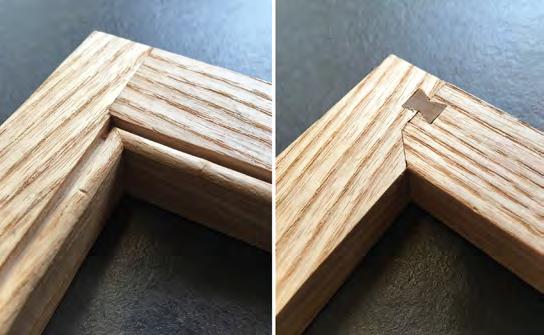
2 minute read
Leitz technology tackles HSE dust and noise clampdown
Dust and noise has always been a chief concern within manufacturing industries. The Health and Safety Executive (HSE) is challenging businesses to look at ways to improve working practices as dust and noise are two of the leading causes of work-related illness. Simon Liddell, Managing Director of Leitz Tooling UK, talks about tackling the issues of dust and noise in manufacturing industries.
With the threat of fines, and in the worst cases: closure, businesses in the manufacturing sector must look at alternative solutions to these challenges. This is particularly relevant in all manufacturing processes. As employers, our duty of care to protect employees means we need to be taking steps to address those issues in our industry.
According to the National Society for Clean Air (NSCA) and Environment Protection, one million people in the UK are working in conditions that may damage their hearing unless precautions are taken.
Considered a silent killer, dust levels are notoriously difficult to visibly assess and harmful effects can take years to develop, excessive amounts can lead to such issues as skin irritation, respiratory problems and even lung cancer.
General principles of protection from the HSE’ state that:
• Where it is not reasonably practicable to prevent exposure to dust, a combination of engineering and process controls may be appropriate.
• Local exhaust ventilation (LEV) systems should be built into, and specially designed for, the machine or process that creates the dust. Remember that cross draughts and general air movements can all detract from their efficiency.
• For on-tool extraction, it is important to choose parts that are compatible and work together www.hse.gov.uk/pubns/cis69.htm
With these broad principles in place, it’s no wonder that factories are struggling to integrate solutions to avoid health and safety violations.
It’s this end-to-end approach that Leitz has focused on in tackling dust and noise on the factory floor.
It is typical to address these issues in isolation rather than looking for a combined solution, resulting in extra costs. By taking a holistic approach to reducing dust and noise, not only is it possible to solve both issues at the same time, but by focussing on improving process production, it provides an opportunity to increase productivity as part of the solution – leading to ongoing cost saving benefits.
Leitz Tooling UK has developed its Dust Flow Control® (DFC) technology – a tooling-toextraction system to reduce dust and noise that also delivers cost savings for manufacturers through significant productivity gains.

Our experience has taught us that dust hoods are an extremely effective solution and it’s necessary for our experts to get in the factory early to specify each DFC extraction hood to each machine.
Another solution to reduce vibration and therefore noise is to use more sophisticated clamping systems on your machines. Whilst shanks reduce vibrations, using tighter clamping such as our Heat Shrink system produces greater balance on the tools, reducing both the wear and vibrations together.

Tool management is a critical but underutilised aspect of factory operations and good tool management also offers significant benefits for reducing noise. There are many tool management systems available on the market. At Leitz, we use transparent reporting so that our customers can see the entire servicing and replacement process. We send alerts when a tool needs replacing, or sent for sharpening, ensuring that replacement tooling is ordered in time, leading to minimal machinery downtime or impact on quality, avoiding up to a 25% drop off in productivity.
Optimised tools result in greater efficiency, less waste, less passes, and a reduction in dust. Because up-to-date tooling systems are designed to reduce noise, it makes sense that a fully optimised tool reduces noise pollution.
With the HSE clamping down on dust and noise levels in the workplace, our industry has to tackle these issues through end-to-end solutions that in turn save money and increase productivity. www.leitz.org
















